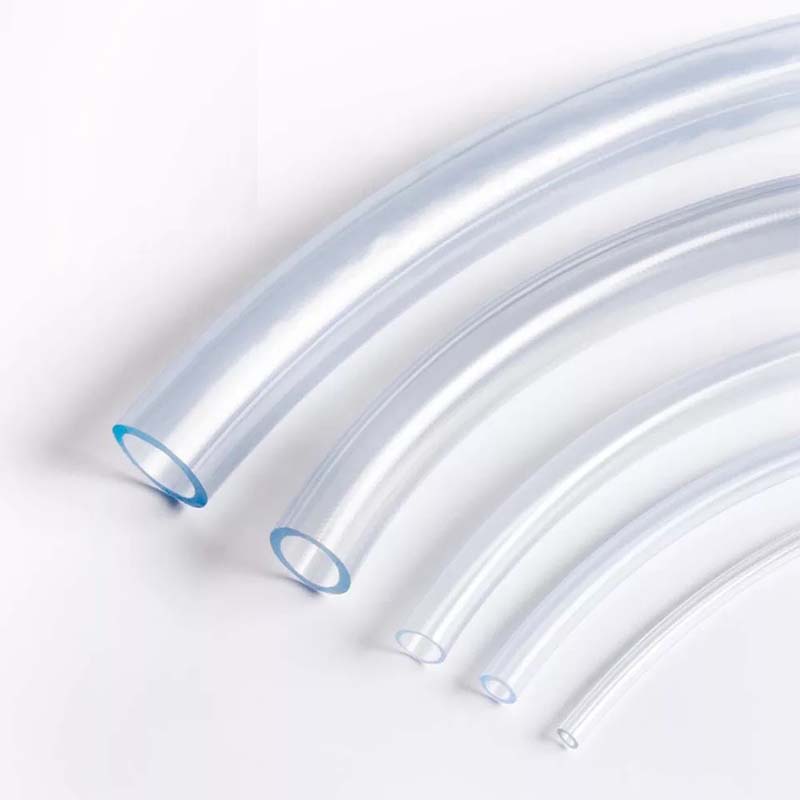Durable High-Pressure LPG Hose for Safe and Efficient Gas Transportation in Various Applications
Understanding High-Pressure LPG Hoses
Liquefied Petroleum Gas (LPG) has become an essential energy source in various applications, ranging from residential heating and cooking to powering vehicles and running industrial equipment. The safe and efficient transportation of LPG is paramount, and this is where high-pressure LPG hoses come into play. These hoses are specifically designed to convey LPG under high-pressure conditions while maintaining safety and durability.
What is LPG?
Liquefied Petroleum Gas consists primarily of propane and butane. When compressed, these gases transform into a liquid form, making it easier to store and transport. LPG is used in numerous applications, including homes, industries, and vehicles. However, due to its flammable nature, it is crucial to handle LPG carefully, particularly when using hoses to transfer the gas from one point to another.
The Importance of High-Pressure LPG Hoses
High-pressure LPG hoses are vital components in systems that require the transfer of gas under pressure. Unlike standard hoses, which may not withstand high pressure, high-pressure LPG hoses are engineered with materials and designs that can handle the extreme conditions encountered in LPG applications. Their robust construction ensures that there are no leaks, reducing the risk of fire or explosion hazards.
These hoses typically have a working pressure that can exceed 300 PSI, depending on the application and regulations. They are often made from layers of synthetic rubber reinforced with steel braiding, providing strength and flexibility. This construction allows them to endure high pressure and resist abrasion, ozone, and extreme temperatures.
Safety Standards and Regulations
high pressure lpg hose

To ensure the safe use of high-pressure LPG hoses, manufacturers must comply with stringent safety standards and regulations. In many countries, hoses must meet industry standards set by organizations such as the American National Standards Institute (ANSI) or Underwriters Laboratories (UL). These standards dictate the materials used, pressure ratings, and testing methods, ensuring that the hoses are safe for LPG use.
Regular inspection and maintenance of LPG hoses are also crucial. Signs of wear, such as cracks or leaks, should be addressed immediately, as any compromise in the hose's integrity can lead to dangerous situations. Proper storage practices should also be followed to prolong the lifespan of high-pressure hoses.
Applications of High-Pressure LPG Hoses
High-pressure LPG hoses are utilized in a wide range of applications. In the industrial sector, they are essential for manufacturing processes, such as welding and metal cutting, where LPG is often utilized as a fuel source. In the transportation industry, LPG hoses are integral to fueling systems for vehicles powered by propane.
In the residential sector, high-pressure LPG hoses are commonly found in outdoor cooking appliances, such as grills, as well as in heating systems. Their ability to maintain a consistent flow of gas under high pressure is crucial for efficient operation.
Conclusion
High-pressure LPG hoses play a critical role in the safe and efficient transfer of liquefied petroleum gas across various sectors. Understanding the importance of these specialized hoses, adhering to safety standards, and performing regular maintenance can significantly mitigate the risks associated with LPG use. As the demand for cleaner energy sources like LPG continues to rise, the role of high-pressure hoses will remain central to facilitating safe and effective operations, ensuring that this vital energy source is managed responsibly.
-
Welded Wire Mesh Panel: Durable, Versatile, and AffordableNewsJul.28,2025
-
Top Quality Oxy Acetylene Hoses for Sale Fit for Welding DemandsNewsJul.28,2025
-
The Future of Pneumatic Air Tubes in IndustryNewsJul.28,2025
-
Superior and Reliable LPG Hose Pipe Solutions for Every NeedNewsJul.28,2025
-
Exceptionally Durable and Versatile Premium Braided PVC TubingNewsJul.28,2025
-
Best Adapters for Connecting Garden Hose to PVC Pipe ConnectionsNewsJul.28,2025














